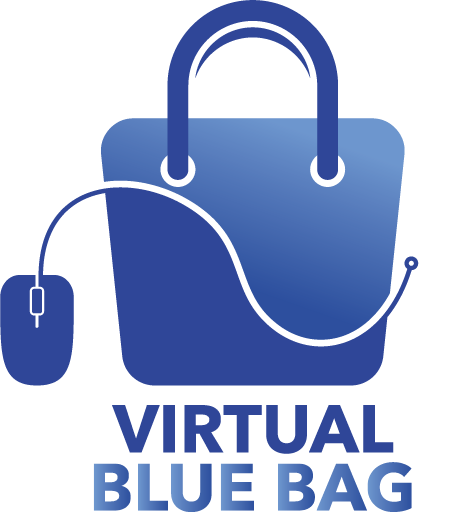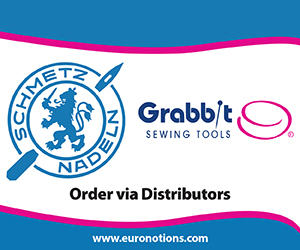
With the Holiday shopping season right around the corner, now is the time to switch up your visual merchandising to optimize your sales floor.
Whether you know it or not, we make subconscious decisions all the time. Shoppers decide within the first 10 seconds of entering your store if they want to spend time in that space. Read on to discover how visual merchandising influences your customer.
Basics of visual merchandising
Fixtures, a simpler term for shelves and wall units, should look nice in your store but should never distract from the product. Also keep in mind that the American for Disabilities Act (ADA) requires 3 feet between fixtures.
Also include a speed bump front and center of your store to feature new items, tell product stories, and place irresistible items.
As for messaging, shoppers should be able to consume your message within 5 seconds or less. And remember, color is important. No matter what color scheme you chose, be sure to stick with it.
Some other interesting changes include replacing a metal display table with a wooden one. This simple switch will automatically increase sales. Also, profits increase the better your store smells. Grapefruit gives a burst of energy, vanilla calms, and cinnamon attracts money.
Layout options
The way you set up your store can also influence sales. Check out these layouts to find out if your store has room for improvement.
- Sight line: Allow shoppers to view the entire sales floor upon entering. Place shorter items at the front and taller items at the back.
- Vertical displays: Because we read left to right, placing items vertically guarantees your customer will view an entire selection in one glance.
- Visual Curve Merchandising: Using slanted shelves or waterfall brackets will increase your customer’s visual strike zone. Without even realizing it, this layout forces the customers gaze forward, up, and down the product.
What are you waiting for? Make some changes in your store and watch your profit margins rise.
Inspiration for this post came from Visual Merchandising for the Holidays be Rich Kizer and Georgeanne Bender.
If you’re looking for more information to guide you in owning a retail business, subscribe to American Quilt Retailer today. Already a subscriber? No worries—join our Facebook group for insights and dialogue from industry specialists like you.















